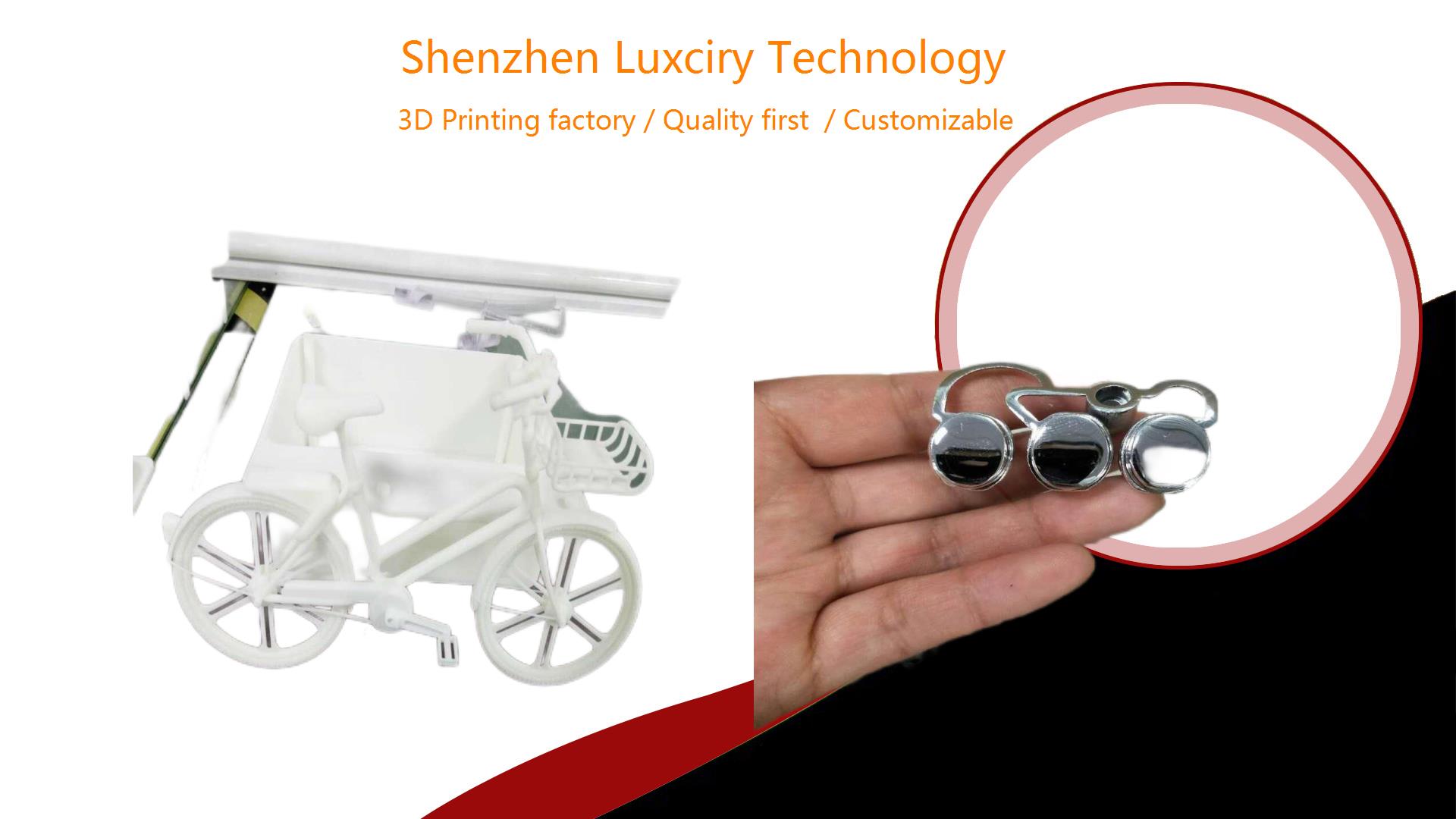In the modern era, 3D printing stands as a revolutionary technology that continues to transform various industries. Luxciry, a leading 3D printing manufacturer, has been at the forefront of this transformation, providing innovative solutions across multiple sectors. From healthcare to aerospace, the materials used in 3D printing have played a crucial role in expanding the capabilities and applications of this technology.
Introduction to 3D Printing Materials
3D printing, also known as additive manufacturing, involves creating three-dimensional objects from a digital file. The process involves adding material layer by layer to form the final product. The choice of material is critical as it determines the properties, performance, and suitability of the printed object for specific applications. Luxciry has been pioneering the development and use of diverse materials to cater to the unique demands of various industries.
Types of Materials Used in 3D Printing
1. Plastics
Plastics are among the most commonly used materials in 3D printing. They are versatile, cost-effective, and suitable for a wide range of applications. Luxciry offers several types of plastic materials, including:
- PLA (Polylactic Acid): A biodegradable thermoplastic derived from renewable resources such as cornstarch. It is easy to print and ideal for prototypes and consumer products.
- ABS (Acrylonitrile Butadiene Styrene): Known for its strength and durability, ABS is used for creating functional parts and components.
- PETG (Polyethylene Terephthalate Glycol): Combining the ease of printing with strength, PETG is used for creating items that require flexibility and toughness.
2. Metals
Metal 3D printing is gaining popularity for its ability to produce strong and durable parts. Luxciry utilizes advanced metal 3D printing technologies to work with materials such as:

- Stainless Steel: Known for its corrosion resistance and strength, stainless steel is used in aerospace, automotive, and medical industries.
- Titanium: Lightweight and strong, titanium is ideal for aerospace and medical implants.
- Aluminum: Valued for its lightweight and thermal properties, aluminum is used in automotive and aerospace applications.
3. Ceramics
Ceramic materials are used in applications that require high temperature resistance and strength. Luxciry has developed ceramic 3D printing solutions for industries such as:
- Aerospace: Ceramic parts are used in high-temperature environments such as engines and turbines.
- Medical: Biocompatible ceramics are used for dental and orthopedic implants.
- Electronics: Ceramics are used in the production of insulators and capacitors.
4. Composites
Composite materials combine two or more materials to enhance properties such as strength, flexibility, and thermal resistance. Luxciry offers composite 3D printing materials such as:
- Carbon Fiber Composites: Known for their high strength-to-weight ratio, these materials are used in aerospace and automotive industries.
- Glass Fiber Composites: Used for applications requiring high tensile strength and durability.
- Kevlar Composites: Known for their impact resistance, Kevlar composites are used in protective gear and military applications.
Applications of 3D Printing Materials
Healthcare
In the healthcare sector, 3D printing has revolutionized the way medical devices and implants are manufactured. Luxciry’s biocompatible materials are used to create customized prosthetics, dental implants, and surgical instruments. The ability to produce patient-specific solutions has improved outcomes and reduced recovery times.
Aerospace
The aerospace industry benefits from 3D printing’s ability to produce lightweight and complex components. Luxciry’s metal and composite materials are used to manufacture parts such as brackets, ducts, and turbine blades. These materials offer the strength and thermal resistance required for high-performance applications.
Automotive
3D printing is transforming the automotive industry by enabling rapid prototyping and the production of lightweight components. Luxciry’s materials are used to create parts such as engine components, interior fixtures, and custom accessories. The ability to quickly iterate designs has accelerated innovation in this sector.
Consumer Goods
In the consumer goods industry, 3D printing allows for the customization and personalization of products. Luxciry’s plastic and composite materials are used to create items such as eyewear, footwear, and home decor. This technology enables companies to offer unique and tailored products to their customers.
Construction
3D printing is making its mark in the construction industry by enabling the creation of complex architectural structures. Luxciry’s concrete and composite materials are used to print building components such as walls, columns, and facades. This approach reduces waste and construction time while allowing for innovative designs.

Challenges and Future Developments
While 3D printing offers numerous advantages, there are challenges to overcome. Material limitations, production speed, and cost are areas where ongoing research and development are required. Luxciry is committed to addressing these challenges by investing in new materials and technologies that enhance the capabilities of 3D printing.
Looking to the future, Luxciry is exploring the use of smart materials that can change properties in response to environmental stimuli. These materials have the potential to create adaptive structures and responsive devices. Additionally, the integration of artificial intelligence and machine learning in 3D printing processes promises to optimize material usage and improve production efficiency.
Conclusion
Luxciry’s commitment to innovation in 3D printing materials has enabled the expansion of this technology across diverse industries. By offering a wide range of materials, Luxciry provides solutions that meet the specific needs of each sector. As research and development continue, the potential applications of 3D printing will only grow, unlocking new possibilities for industries worldwide.
In summary, the materials used in 3D printing are integral to the technology’s success. Luxciry’s diverse material offerings ensure that 3D printing remains a versatile and valuable tool in modern manufacturing. As the industry evolves, Luxciry will continue to lead the way, pushing the boundaries of what is possible with 3D printing materials.


